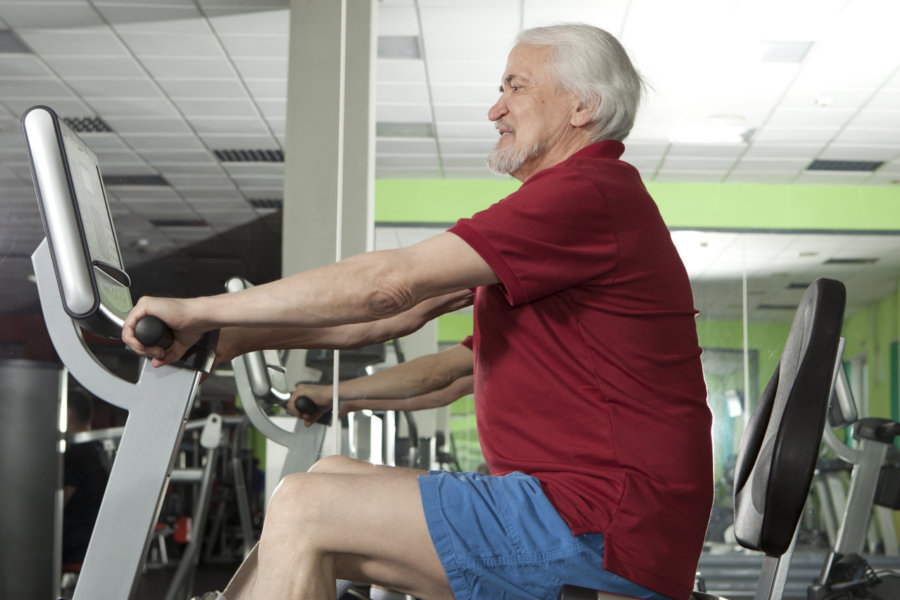The typical vision of a gym or health club, in recent years, has been dominated by fit, young twenty year olds and heavily muscled men in tight shorts, but that is changing completely. Nuffield Health, an organisation which provides and works within gyms, medical centres and hospitals, recently undertook a study which showed that the major audience of the health centre and gym has changed.
How Frequently Do Elderly People Visit Their Favourite Gym?
The study found that 72-year old people are the most dedicated gym-goers, averaging as many as 8 visits to gyms every month. The average gym-goer, between the ages of 70-79, tends to visit their favourite exercise spot as many as 7.5 days per month. There are many reasons why elderly people are taking the time out to visit the gym, but when they come home to comfortable and relaxing disability baths, they needn’t worry about the severe muscle ache that can often accompany exercise.
What About Other Age Groups?
Comparatively, Nuffield Health revealed that gym members aged 25-39 were far less regular, with many visiting the gym 6 times every month. Those members aged between 20 and 25 were seen as a little more regular than their slightly older counterparts, taking the time out to visit the gym an average of 6.5 times every month.
No doubt many people will be surprised at the determination shown by older gym-goers, but there are a range of reasons as to why elderly people might enjoy much greater benefits than their younger counterparts.
Why Are Elderly People Spending More Of Their Time At The Gym?
Nuffield Health have claimed that these rising statistics show that more and more elderly people are understanding how essential it is that they take the time to exercise frequently. It is essential that elderly people take a growing interest in keeping fit and active, as more and more information is available regarding the importance of regular exercise, a good diet and overall wellbeing.
By visiting the gym, many elderly people have the opportunity to regularly meet up with their friends, and to make new friends through their exercise. Stimulating actions and conversations have been proven to improve wellbeing as well, meaning that visiting the gym on a regular basis can have a diverse range of advantages.
Approximately 10% of Nuffield’s membership is aged 65 and over, so it is clear that the elderly community is becoming more and more health conscious all the time. However, in order to really make the most out of their exercise, it is important that elderly people understand the great benefits afforded by disability baths and other dedicated bathing solutions.
How Can Disability Baths Help People To Make The Most Out Of Their Exercise?
Baths designed for elderly people have been proven to offer a diverse range of advantages which can really complement an active lifestyle. By having a safe and comfortable bathing environment, elderly people can really take the time to recover from their exercise regime, allowing them to enjoy reduced muscle agony and be prepared to face the rest of the day.
A long, comfortable soak in warm water can help muscles to relax and keep elderly people limber for longer, thereby reducing the risk of cramp or stretched muscles. As disability baths are also safe to get in and out of, particularly when compared to traditional bath designs, they can hugely reduce the risk of injury.
A Diverse Range Of Disability Baths, From Bathtime Mobility
Here at Bathtime Mobility, we are proud to offer a diverse range of disability baths and showers amongst other bathroom features. We not only provide walk-in design, but power-assisted models designed with user comfort, independence and dignity in mind.
To make the most out of an intelligently designed disability bath, please don’t hesitate to get in touch with our team today on 0800 29 22 110. For hands-on time with our diverse range, why not book an appointment to visit our showroom in Henley-On-Thames and pick out the perfect bath model for your needs?

